La Bayadère (Queensland Ballet) ★★1/2
Marius Petipa’s ballet La Bayadère (The Temple Dancer), written in 1877, could be seen as the grandparent of Bollywood musicals. It has all the ingredients: Solor, a prince who loves Nikiya, a low-caste temple dancer; a conniving Brahmin high priest who lusts after her; Solor’s father, who has promised him to another man’s daughter, Gamzatti; a treacherous maid who kills Nikiya by way of a poisonous snake; and hours of dancing, opium trips, a wedding, and an angry god who brings his temple down on all and sundry. Lively music spiced with orientalist tempi and colours pushes the ballet along nicely.
La Bayadère is one of the biggest successes in the Russian repertoire, and one too often misrepresented, especially during the Soviet era. The music is by Ludwig Minkus, Ballet Composer of the St Petersburg Imperial Theatres, highly regarded for writing in various melodic styles, and for uncluttered orchestrations. (He first collaborated with Petipa on Don Quixote in 1871.) By the time it reached the West in 1960, La Bayadère’s dances had been rewritten or excised, the music compromised, as it was in John Lanchbery’s brassy arrangement for Natalia Makarova’s first full-length production in the West, in 1980.
Continue reading for only $10 per month. Subscribe and gain full access to Australian Book Review. Already a subscriber? Sign in. If you need assistance, feel free to contact us.



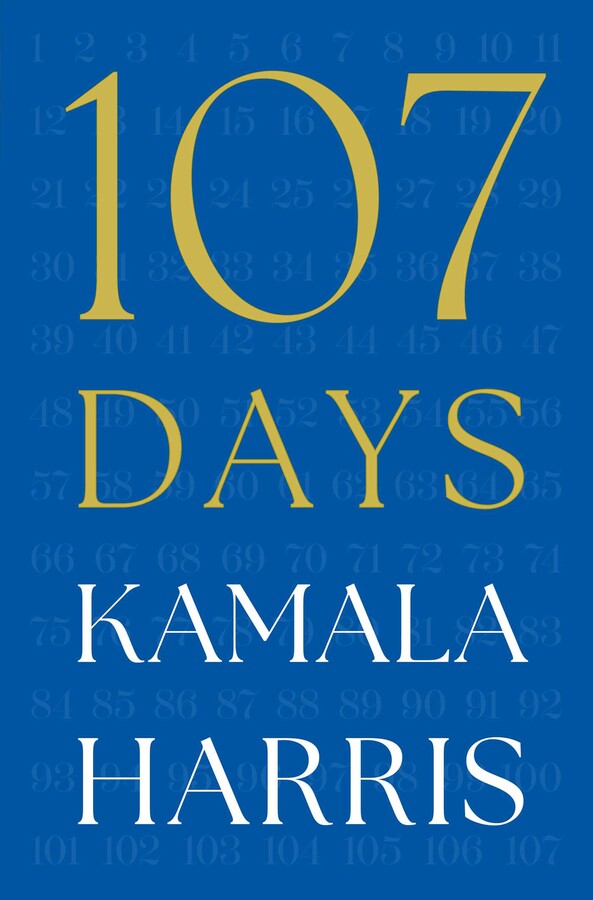
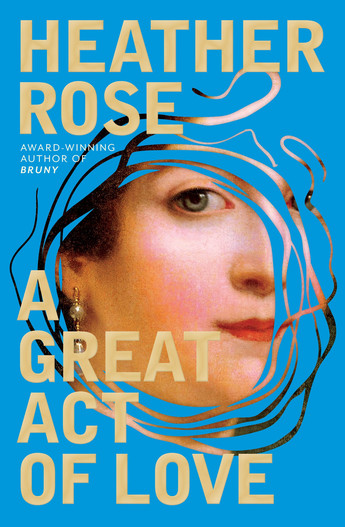
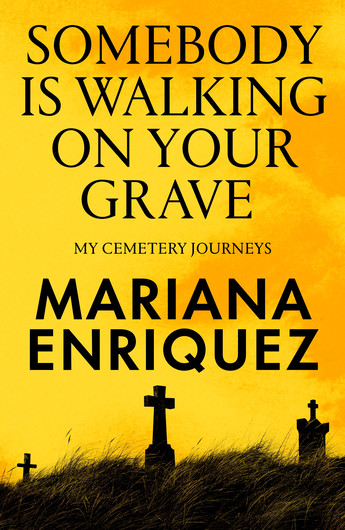
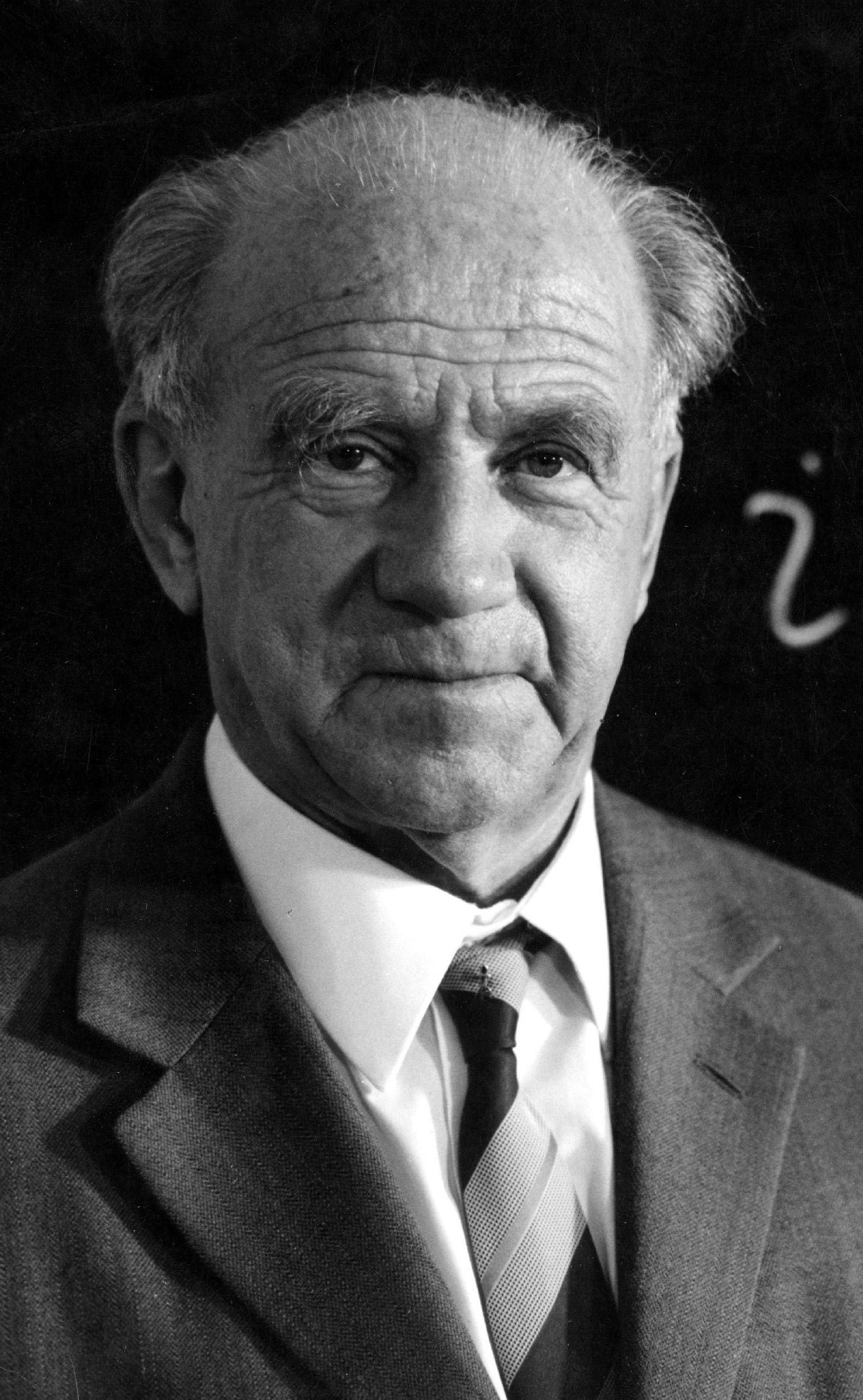
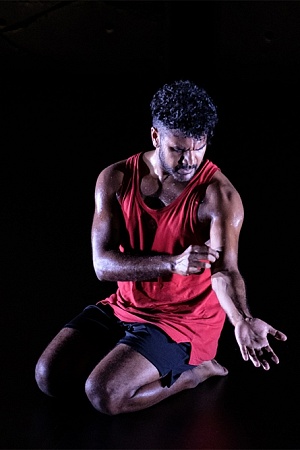
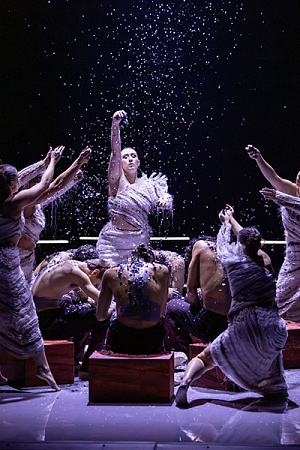
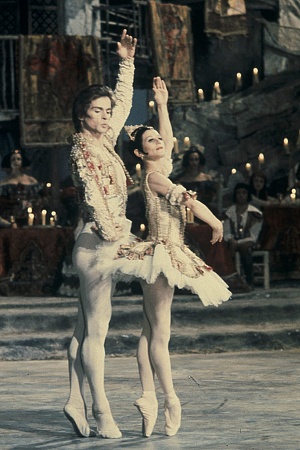
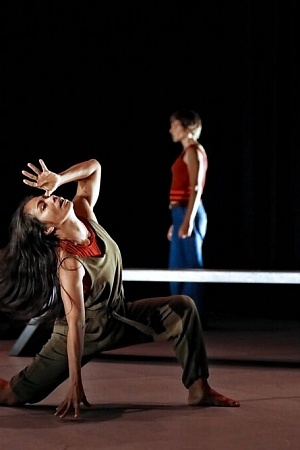
Leave a comment
If you are an ABR subscriber, you will need to sign in to post a comment.
If you have forgotten your sign in details, or if you receive an error message when trying to submit your comment, please email your comment (and the name of the article to which it relates) to ABR Comments. We will review your comment and, subject to approval, we will post it under your name.
Please note that all comments must be approved by ABR and comply with our Terms & Conditions.